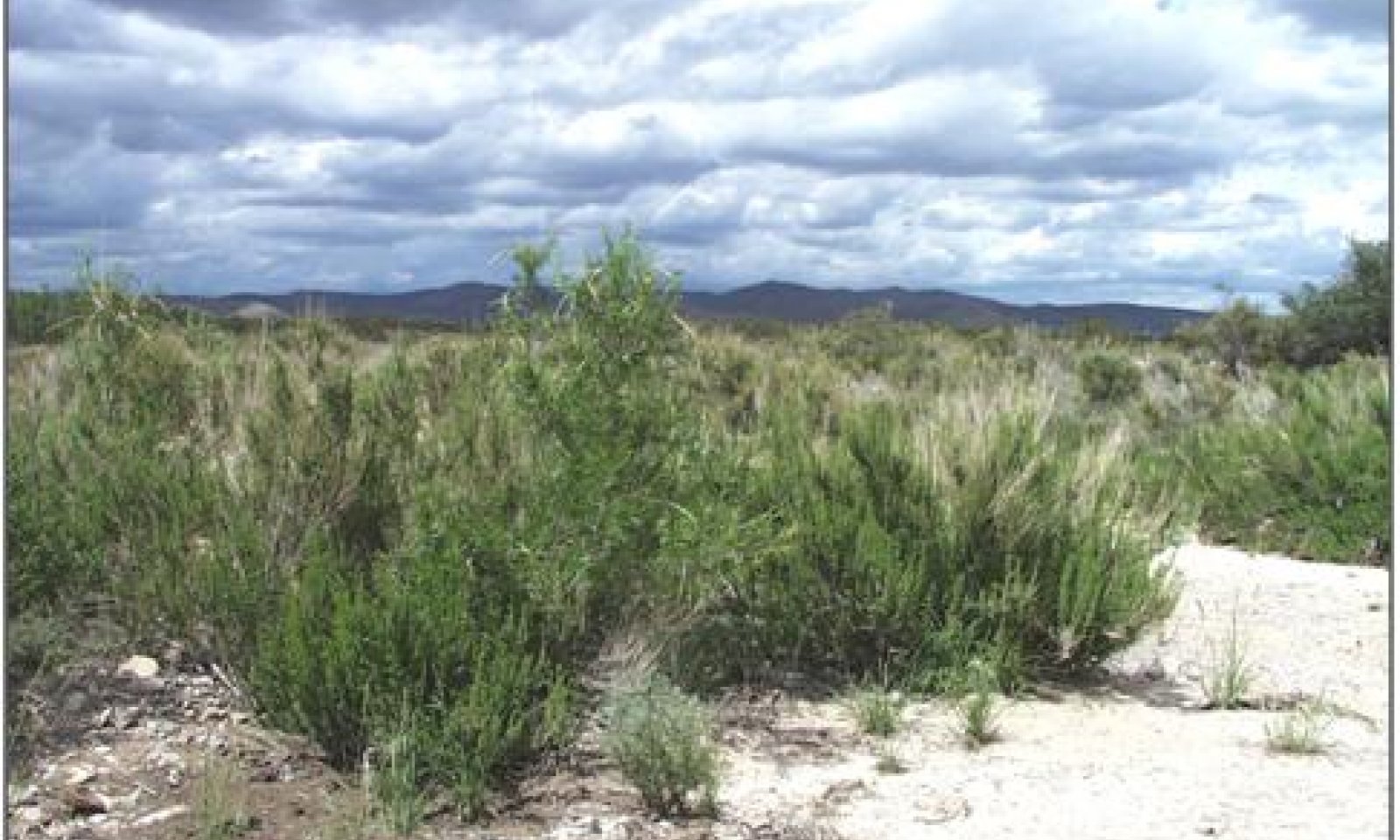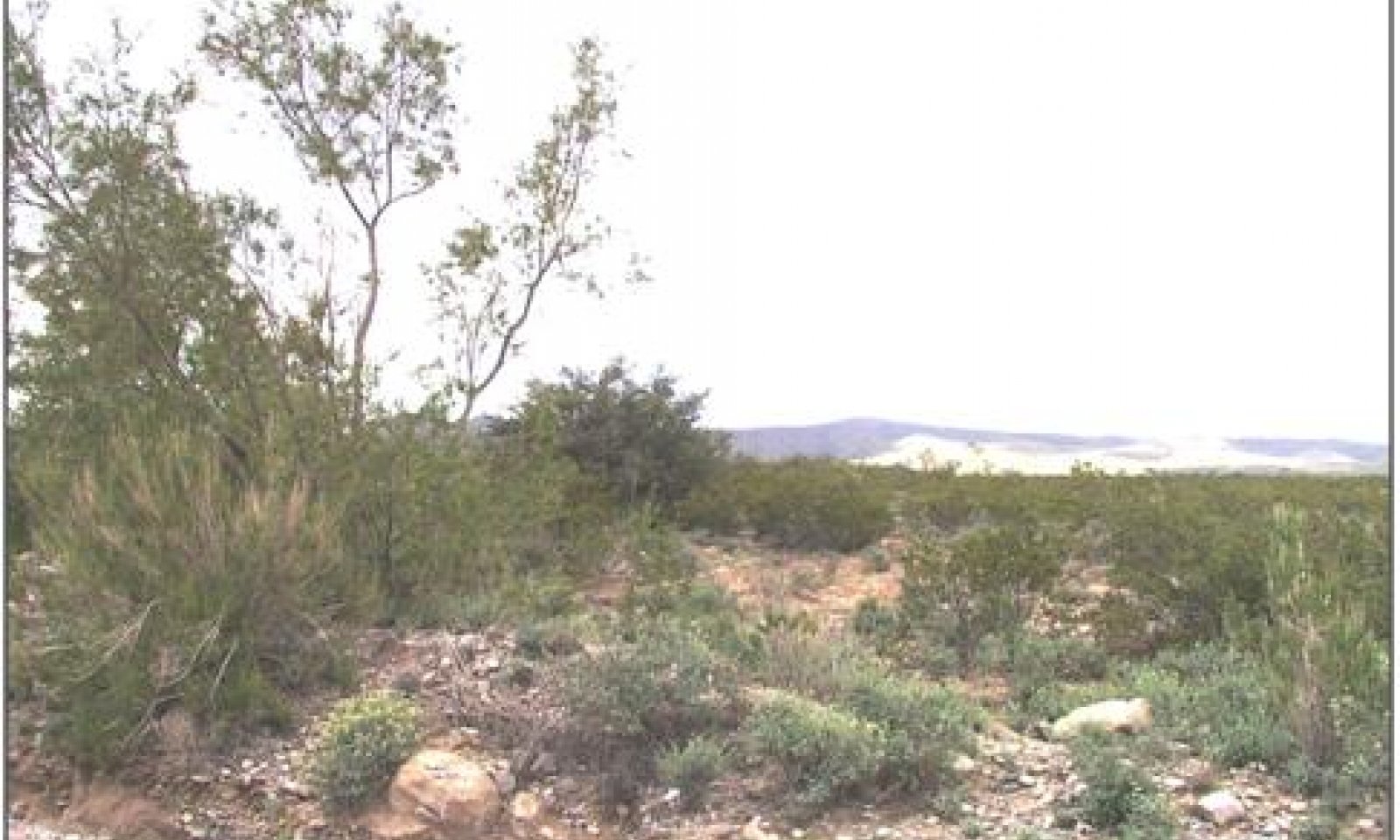
Draw, Dry Mixed Prairie
Scenario model
Current ecosystem state
Select a state
Management practices/drivers
Select a transition or restoration pathway
-
No transition or restoration pathway between the selected states has been described
Target ecosystem state
Select a state
Description
The floodplain is that portion of the site adjacent to the ephemeral stream channel formed by recurring flooding and alluvial deposition. Sideoats grama and cane bluestem are the dominant grass species. Blue grama also occurs in significant amounts. Apache plume and mariola are the dominant shrubs. Shrubs normally occur in decreasing densities moving away from the channel across the floodplain. Sideoats grama, cane bluestem, plains bristlegrass, green sprangletop and Arizona cottontop decrease under heavy grazing pressure, or from a decrease in available soil moisture, while blue grama, tobosa, and burrograss increase. The amount of rock fragments and/or carbonates in the soil profile, and moderate to low available water capacity contribute to the susceptibility of this site becoming dominated by creosotebush.
Submodel
Model keys
Briefcase
Add ecological sites and Major Land Resource Areas to your briefcase by clicking on the briefcase (![]() ) icon wherever it occurs. Drag and drop items to reorder. Cookies are used to store briefcase items between browsing sessions. Because of this, the number of items that can be added to your briefcase is limited, and briefcase items added on one device and browser cannot be accessed from another device or browser. Users who do not wish to place cookies on their devices should not use the briefcase tool. Briefcase cookies serve no other purpose than described here and are deleted whenever browsing history is cleared.
) icon wherever it occurs. Drag and drop items to reorder. Cookies are used to store briefcase items between browsing sessions. Because of this, the number of items that can be added to your briefcase is limited, and briefcase items added on one device and browser cannot be accessed from another device or browser. Users who do not wish to place cookies on their devices should not use the briefcase tool. Briefcase cookies serve no other purpose than described here and are deleted whenever browsing history is cleared.
Ecological sites
Major Land Resource Areas
The Ecosystem Dynamics Interpretive Tool is an information system framework developed by the USDA-ARS Jornada Experimental Range, USDA Natural Resources Conservation Service, and New Mexico State University.




